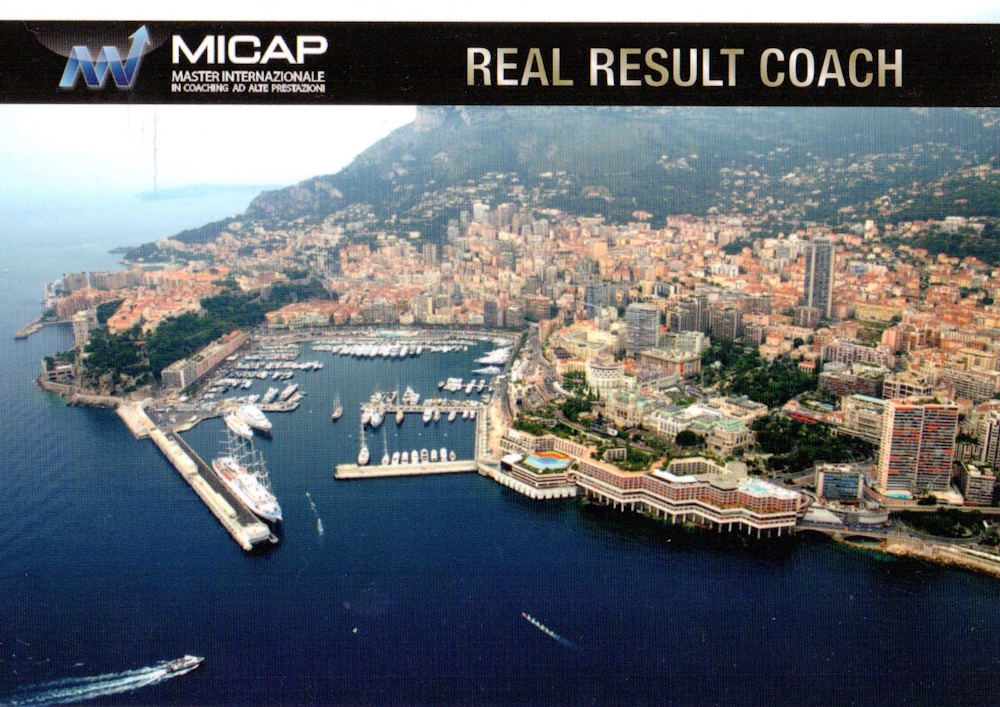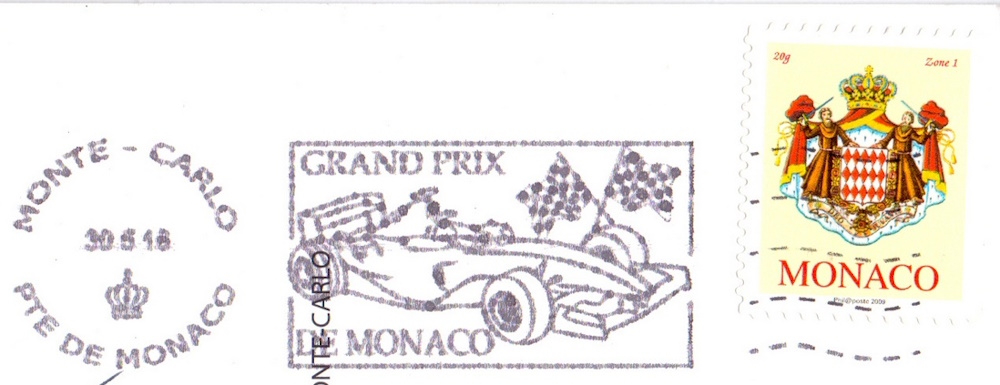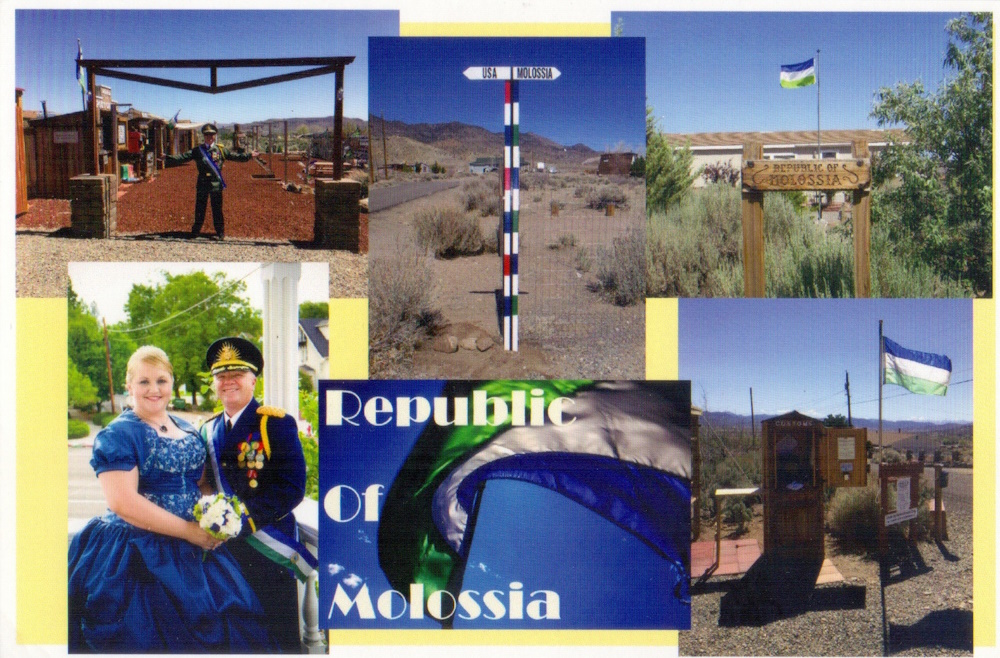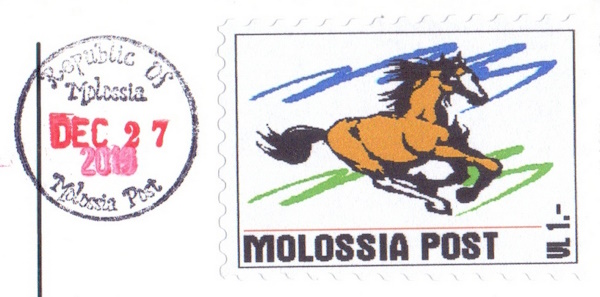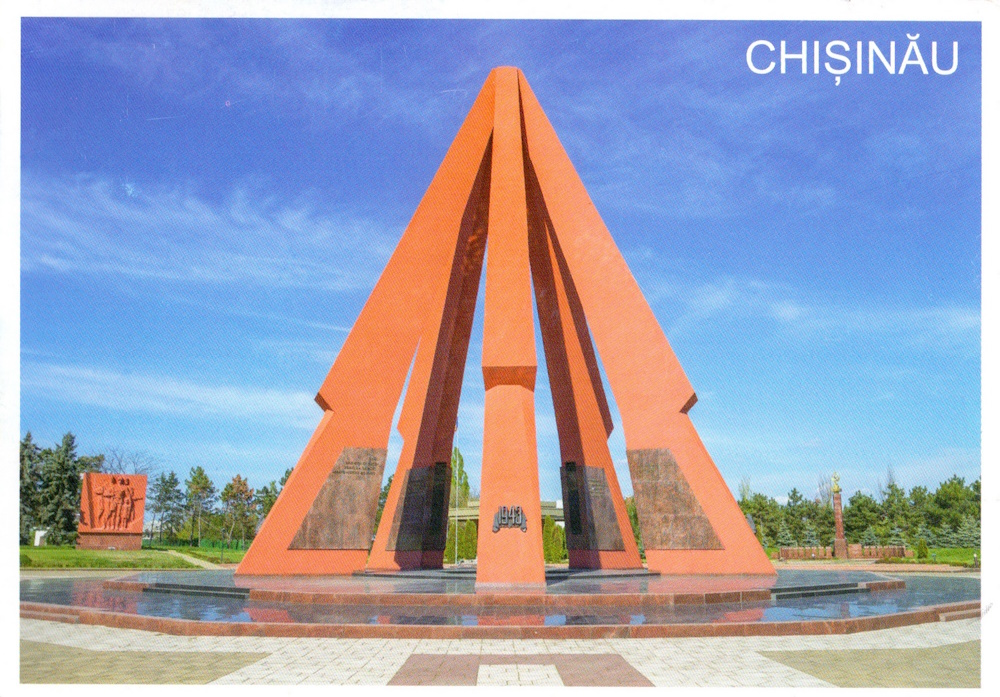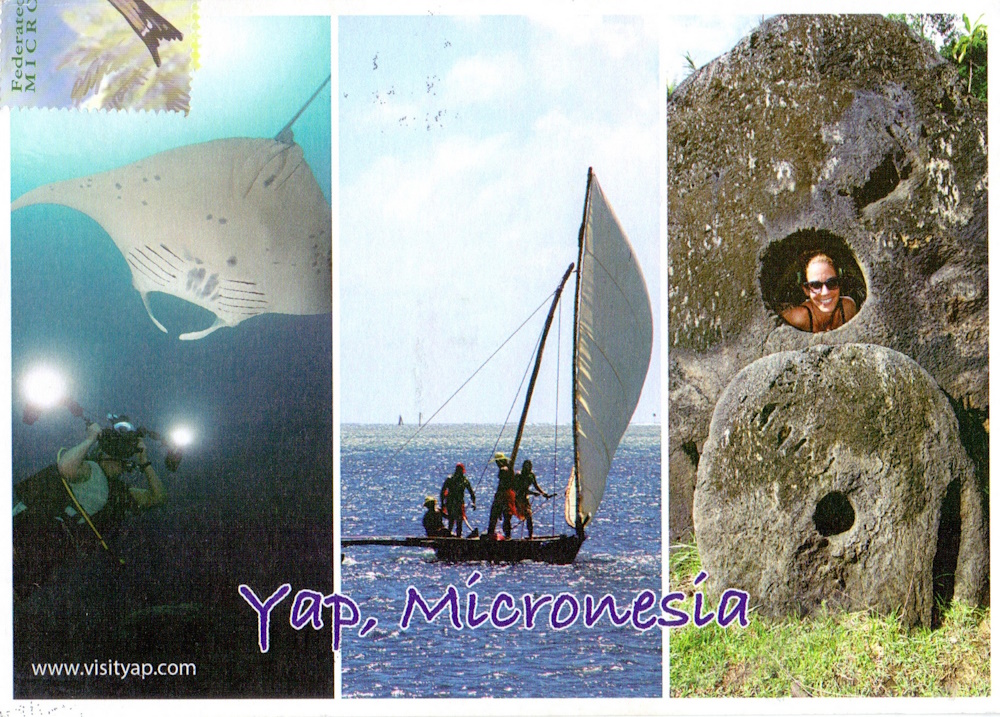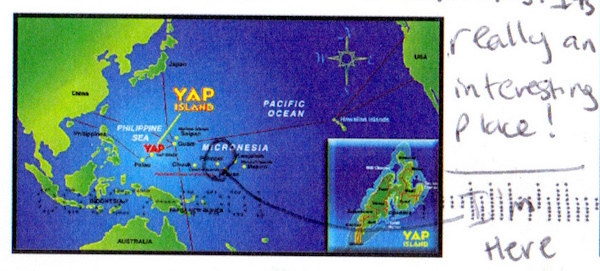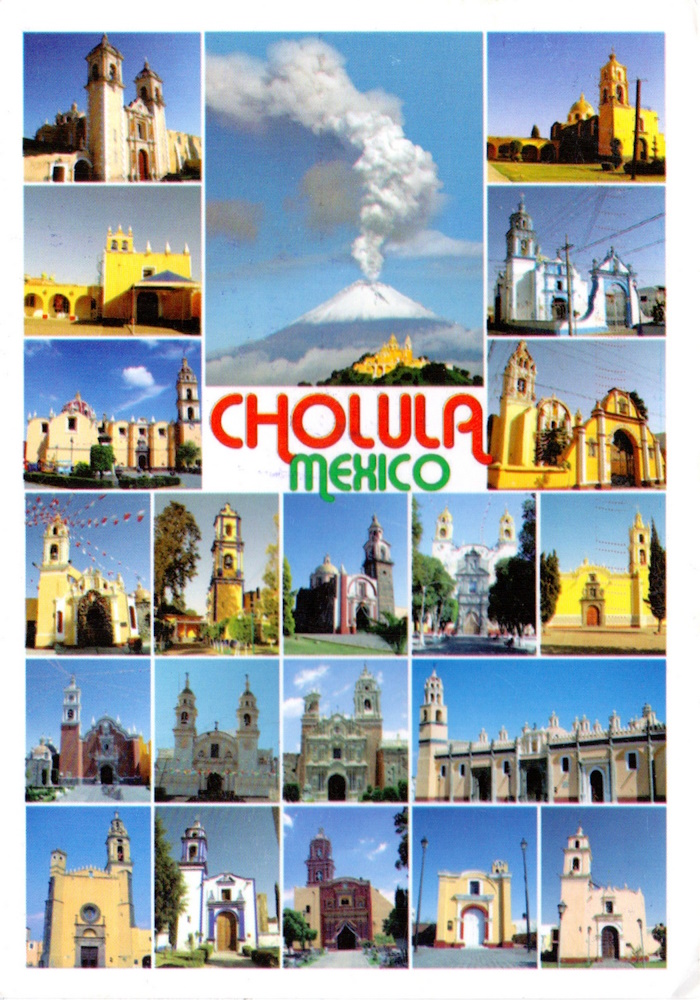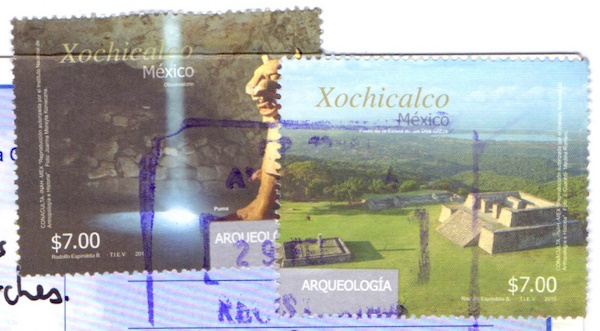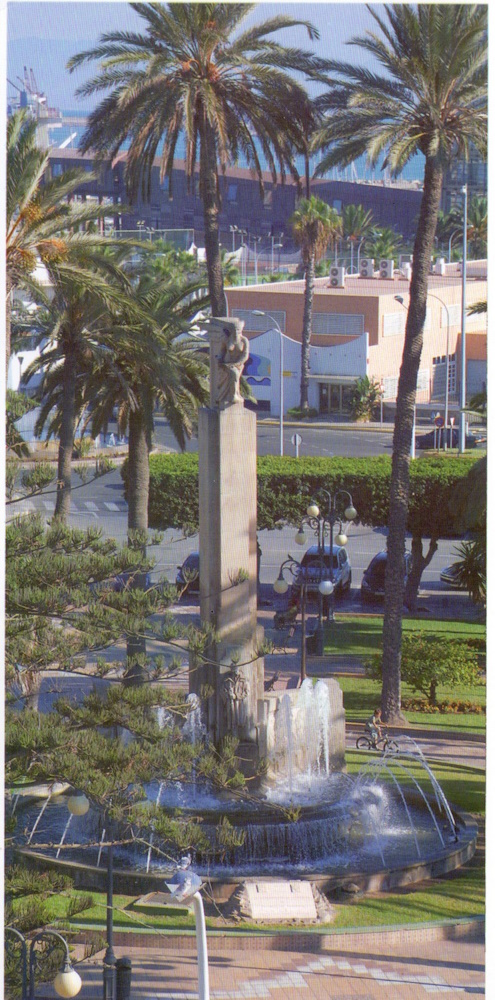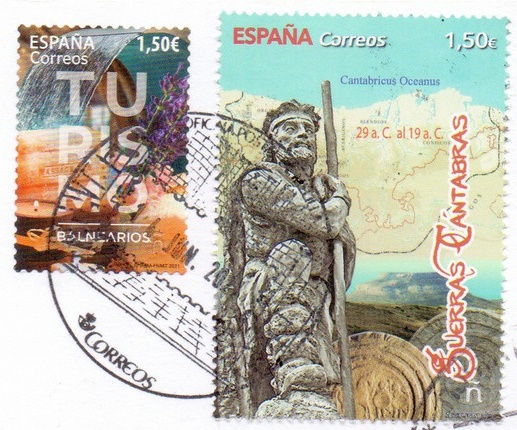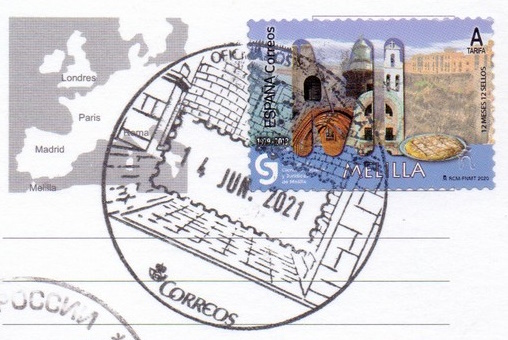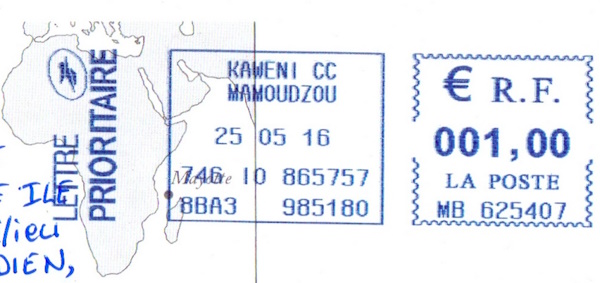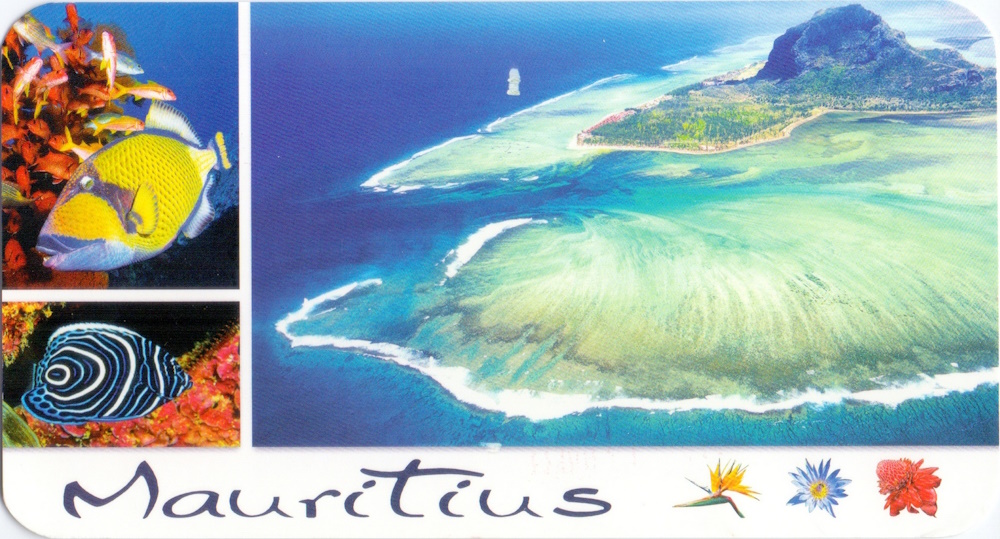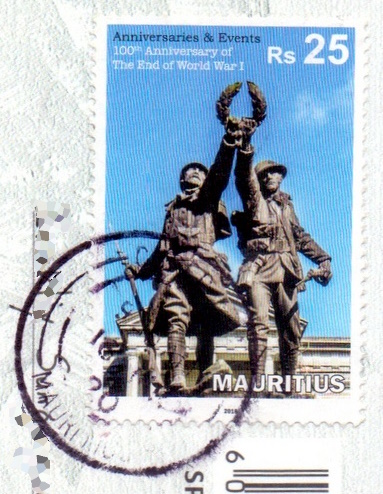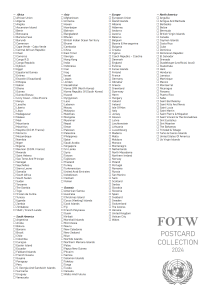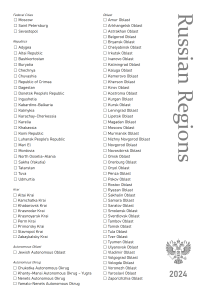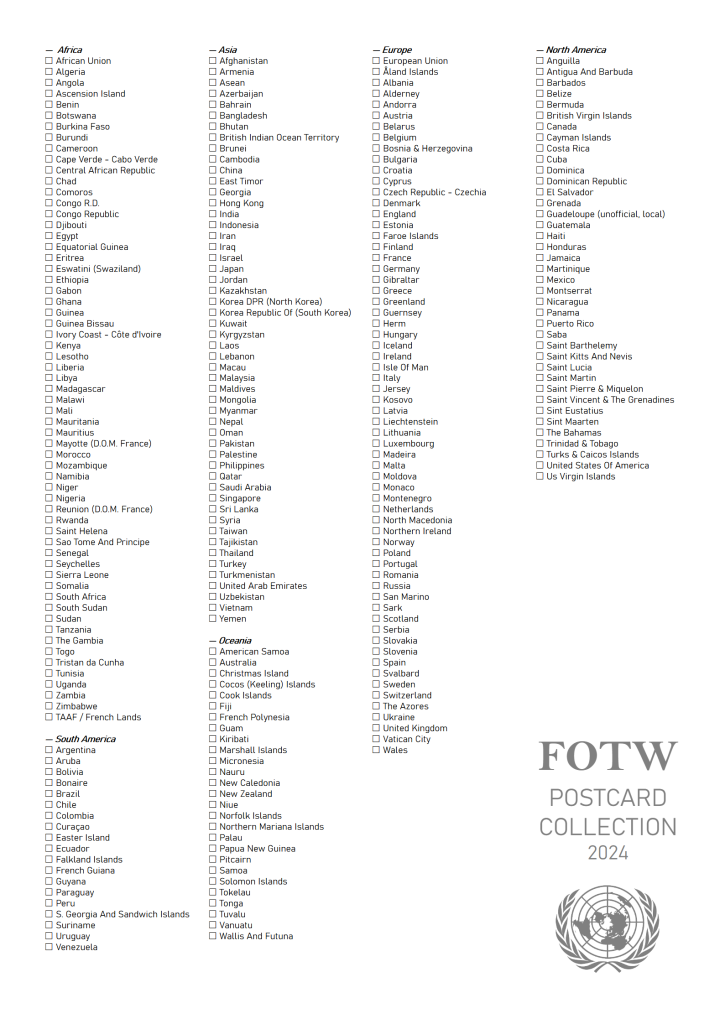Monaco, an independent city-state, is the second-smallest independent country in the world. It is a popular tourist destination, because of its beauty, and a haven for the wealthy, because of its advantageous tax regime. The country is a monarchy, and is surrounded on three sides by France. It is a full United Nations since 1993. Monaco is most famous for being a playground for the rich and famous, which is reflected by its numerous casinos in the Monte Carlo ward. If you are motorsports fan, then you know that Monaco Grand Prix, which is held on a narrow course laid out in the streets of Monaco, is considered to be one of the most important and prestigious automobile races in the world.
